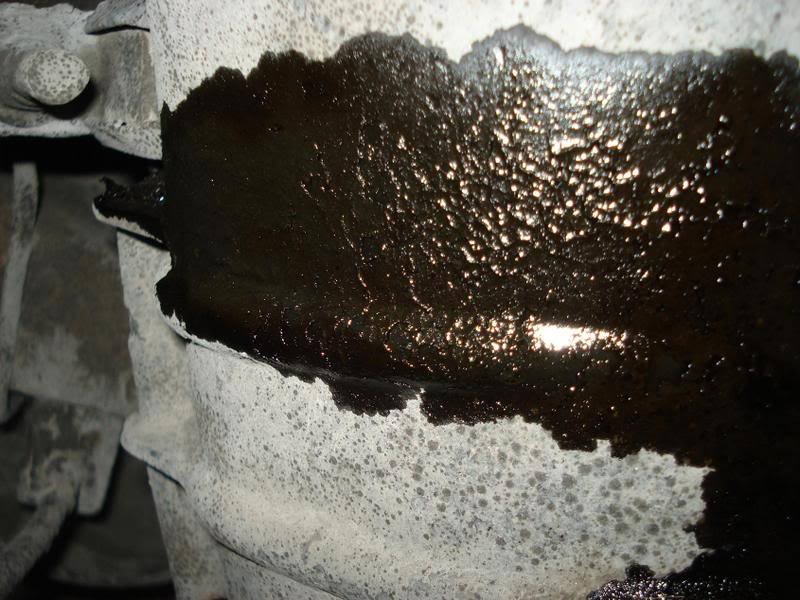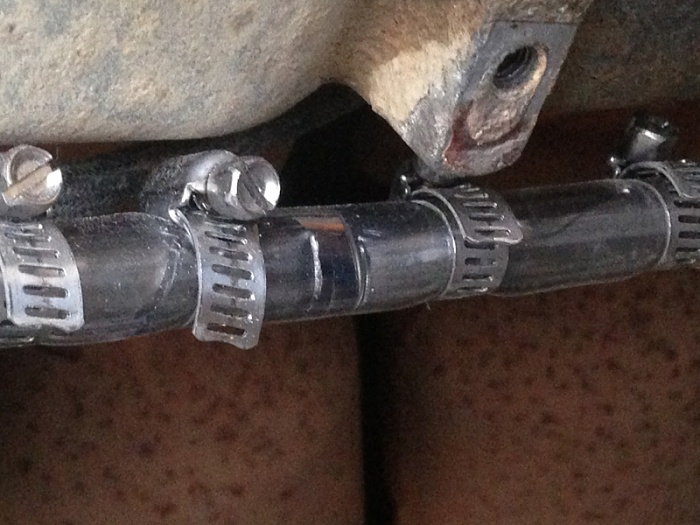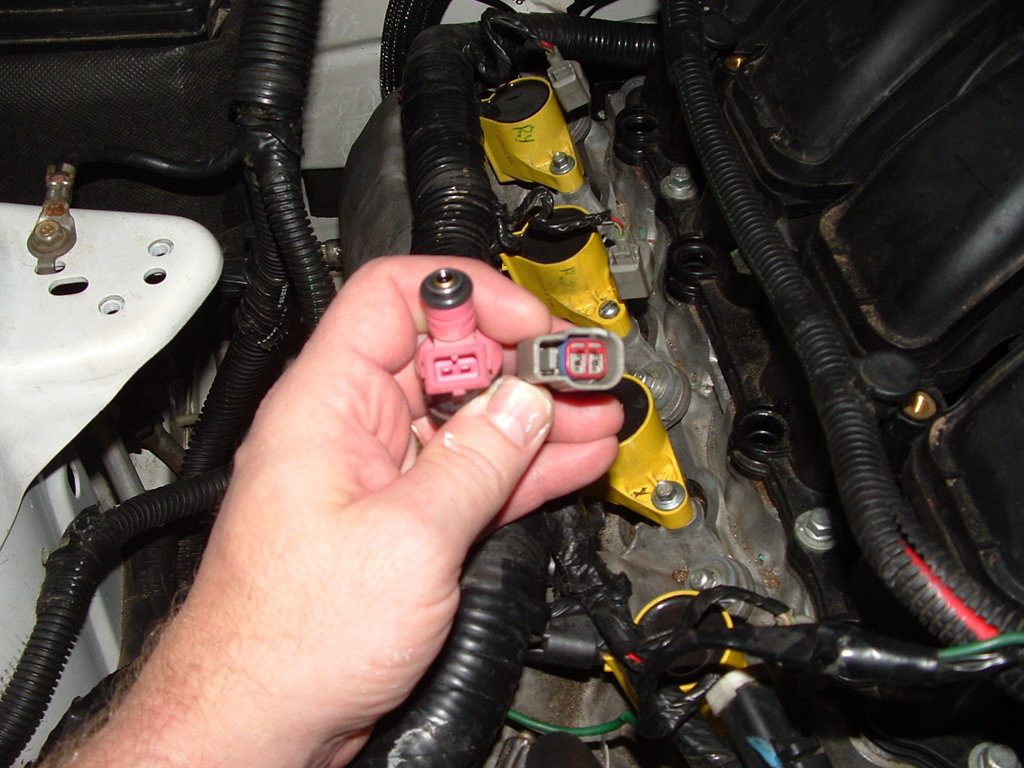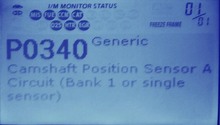Ford Mustang GT 1996-2004: Why is There Gas Smell Coming From My Car?
Do you smell gas? Are you not at a gas station? Learn how to diagnose a gas smell coming from your Ford Mustang GT.
This article applies to the Ford Mustang GT (1996-2004).
Unless you're at a gas station, the last thing you want to smell in your Ford Mustang GT is gas. Not only are the fumes extremely harmful, but it also a fire risk. So after you've put out your cigarette, read this guide to help you with the diagnosis. The problem can be very simple and easily fixed, or it can be a little more difficult and requires harder work. The most important thing is to not drive with this smell, as the fumes are poisonous. Here is why your Ford Mustang GT smells like gas.

Material Needed
- Flashlight
Step 1 – Check the gas cap
It could be loose or missing.
This is not unlikely to happen, especially since you need to remove the gas cap each time you put gas in your car. You could have very likely placed it on the pump and forget to put it back on. Open the gas door and check to make sure the gas cap is in place. Turn it clockwise until it clicks. If you're missing the gas cap, purchase a new one at any auto shop.

If the gas cap is in place, move on to Step 2.
Step 2 – Check fuel tank
It could be leaking.
The gas tank is located on the bottom rear of the vehicle. A small puncture can lead to a leak, which will result in gas smell. Slide under your Mustang from the rear, and check for any signs of wetness on the gas tank. Also, check to see if the smell is stronger in the rear. If you discover that the tank is indeed leaking, you can buy an adhesive and plug the leak; however, if the hole is too big, you may want to buy a new tank and install it.

If the tank isn't leaking, proceed to Step 3.
Step 3 – Check your fuel line
They could be worn or cracked.
While you're under the car, check the fuel lines going from the tank forward. Check again for any signs of wetness on them, check for any cracks or wears. The most common place for a leak is the connections between the lines and components. So, check where the fuel line connects to other components.

If the lines aren't leaking, jump to Step 4.
Step 4 – Check injectors
They could be leaking.
Even though it's rare for an injector to leak, it's common for the injector's O-ring to dry up and leak. Open the hood and locate the fuel rails to check around them for any gas smell or leak. If you see any leaks, remove the injectors and check their O-ring to see if they're dry or cracked. The good news is, you can purchase the O-rings alone without having to replace the injectors themselves.

Figure 4. Fuel injector. 
Figure 5. Worn O-ring.
Related Discussions
- Bad Gas Smell - MustangForums.com
- Car Smells Like Gas - MustangForums.com
- Fuel Smell - MustangForums.com






